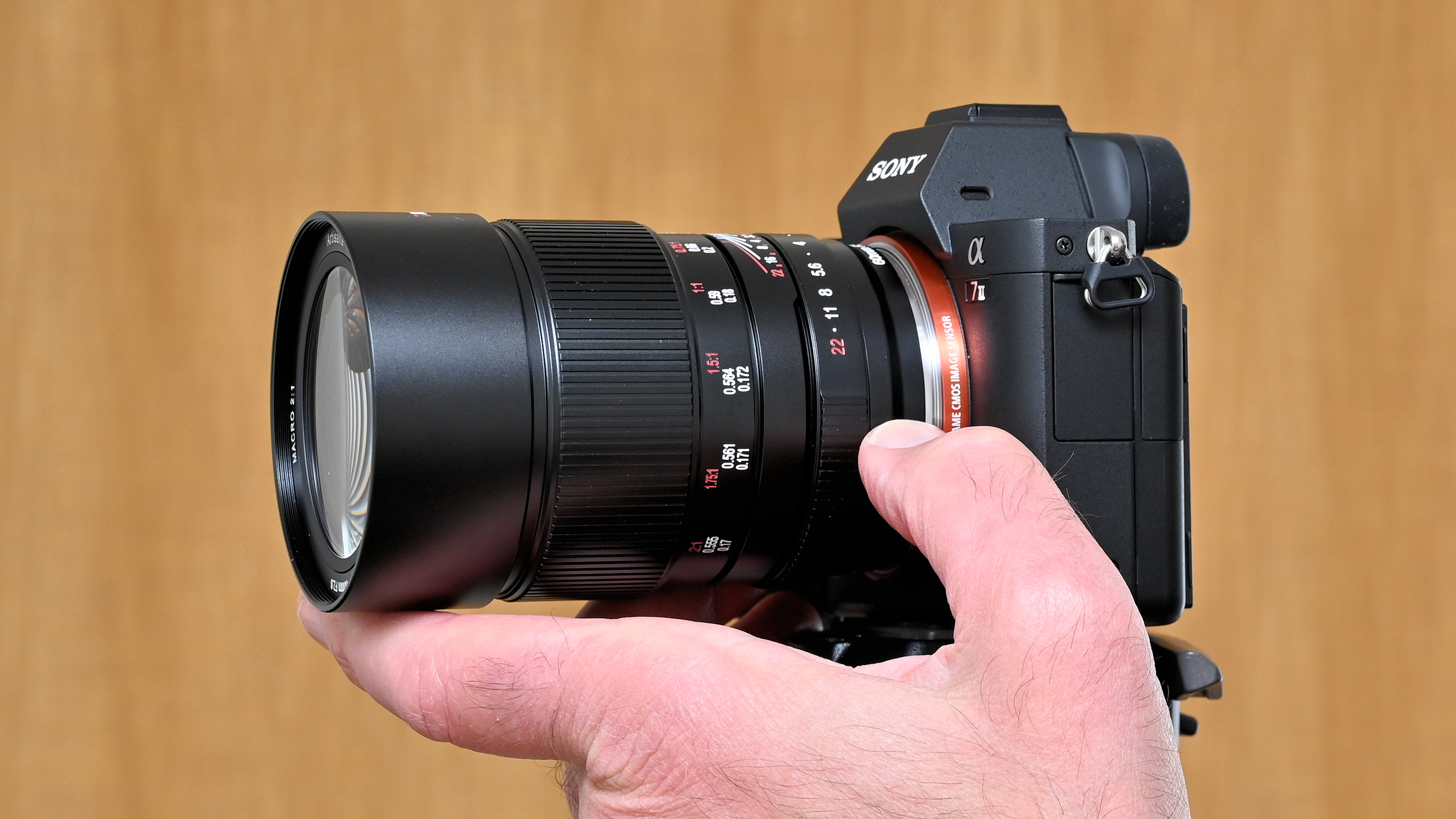
Founded in 2015 by a group of Chinese camera enthusiasts, 7Artisans has become best known for its range of fully manual lenses which are available in several mount options to suit different makes of camera. More recently, the company launched its first autofocus lens – the 7Artisans AF 50mm F1.8 for Sony Alpha mirrorless cameras. This macro lens is more traditional fare from the company. As such, it has neither autofocus nor any built-in electronics. That means that you have to set both the aperture and focus using the lens’s control rings, and that no lens-based EXIF data is stored in images. Even so, many would argue that manual focusing is a better option when shooting with even the best macro lenses.
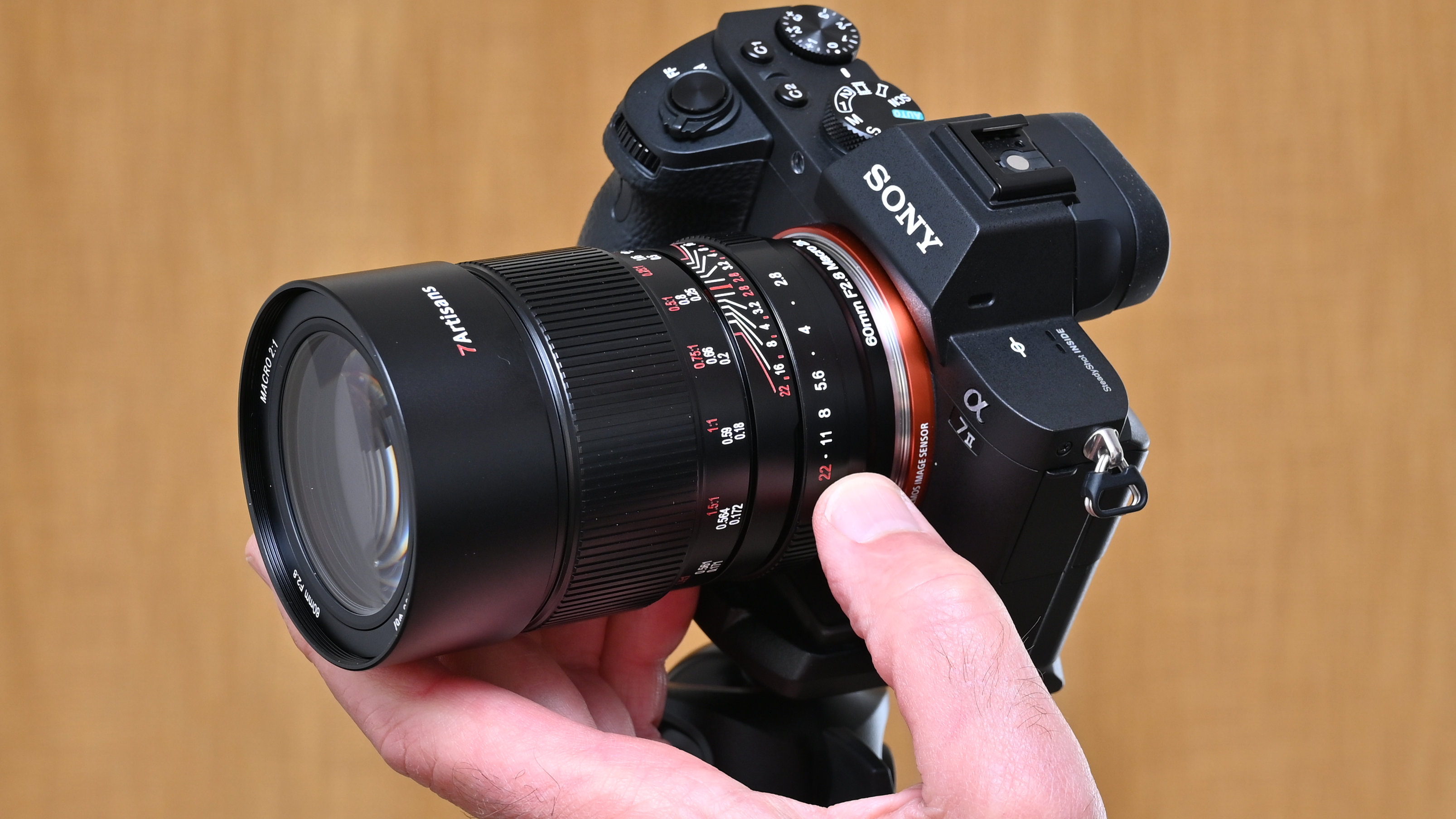
7Artisans 60mm F2.8 Macro 2x: Specifications
7Artisans 60mm F2.8 Macro 2x: Price
Launching in late 2024, the 7Artisans 60mm F2.8 Macro 2x has a recommended retail price of $335. As I’d expect, that’s only half the price of, for example, the Nikon Z MC 50mm f/2.8, which sells for around $647/£679. The Nikon has a similar focal length but naturally features autofocus and a full set of electronics, although it only delivers a maximum of 1.0x macro magnification. The Canon RF 100mm F2.8L Macro IS USM gives up to 1.4x magnification but is considerably more expensive again, at around $1099/£1369.
7Artisans 60mm F2.8 Macro 2x: Design & Handling
The vast majority of autofocus macro lenses top out at 1.0x magnification, when set to their shortest focus distance. A notable exception is the Canon RF 100mm F2.8L Macro IS USM, which stretches to 1.4x. Mostly though, greater magnifications are the preserve of manual macro lenses, which include specialist items like the AstrHori 25mm F2.8 Macro 2.0x-5.0x and AstrHori 18mm F8 2x Periscope Probe Macro. Sure enough, the fully manual 7Artisans 60mm F2.8 Macro 2x is designed to deliver 2.0x maximum macro magnification, enabling you to capture small objects at twice life size on the image sensor. That might not sound like much of a big deal but when you take into consideration the enlargement factor of viewing images on screen or in print, it’s actually pretty enormous.
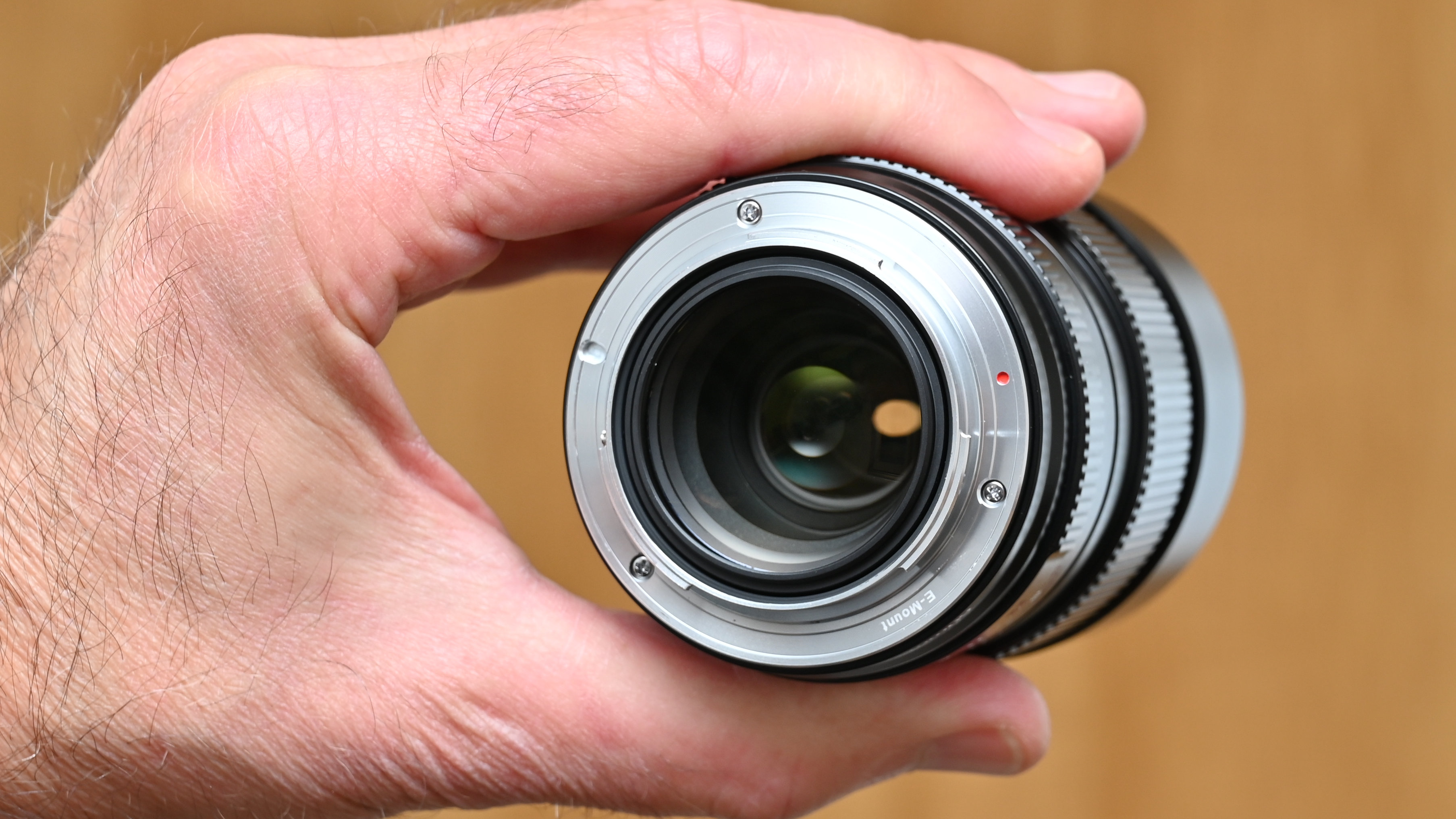
Build quality feels sturdy and solid, the barrel as well as the mounting plate being engineered from metal rather than plastic. Let’s start at the back end and work our way forwards. First up, there’s an aperture control ring, which is essential as you can’t control the aperture from the camera body, which precludes shooting in Shutter-priority exposure mode. The aperture ring has click steps with no de-click option. The steps themselves go in half f/stops from wide-open at f/2.8 down to f/5.6, then in full f/stop clicks from f/5.6 to the narrowest aperture of f/22.
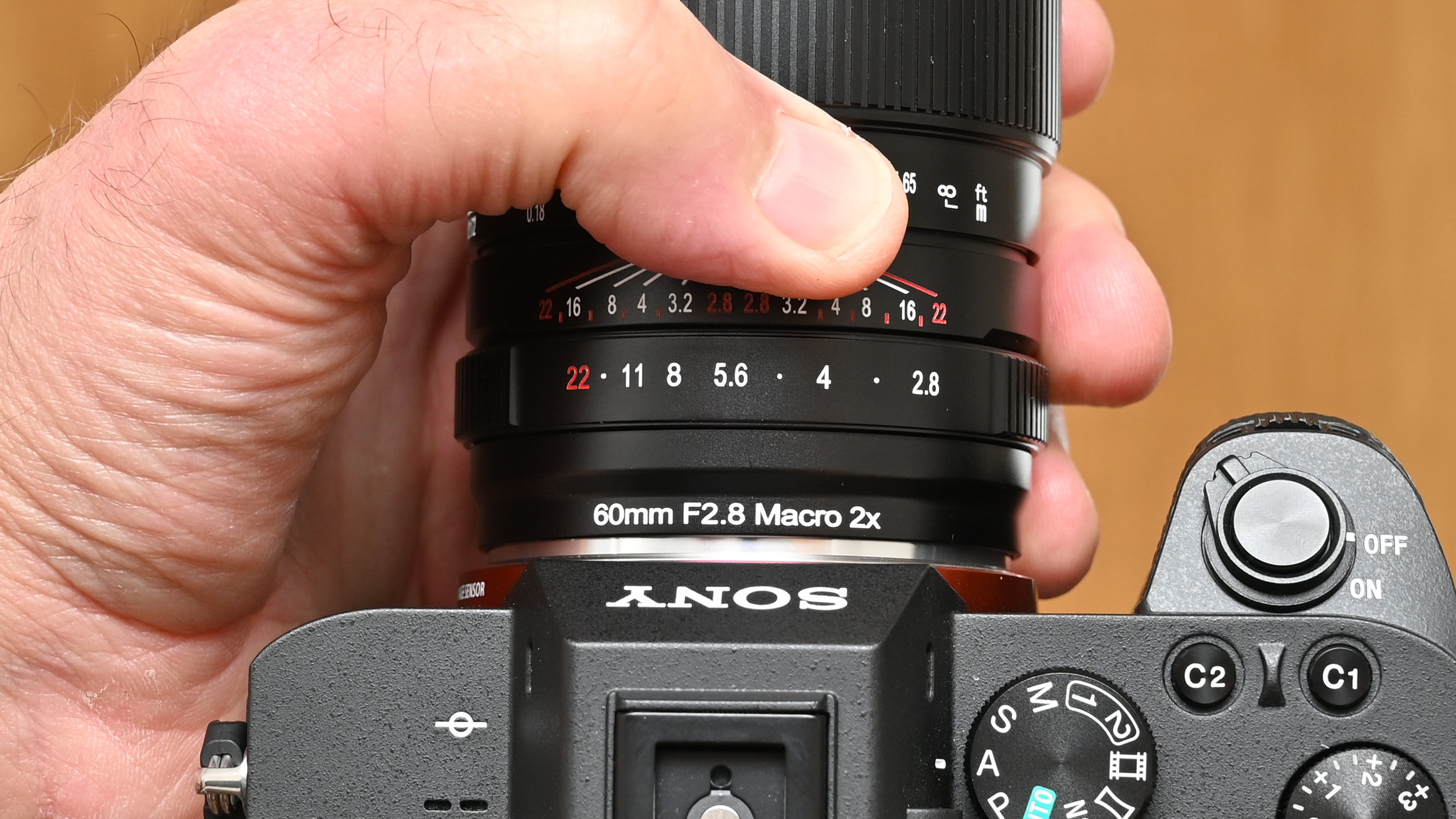
Just in front of the aperture control ring is a depth of field scale, which works in conjunction with the focus control ring. It’s packed with DOF markers for apertures of f/2.8, 3.2, 4, 8, 16 and 22. However, if you line up any of the actual focus distance markers of the focus control ring with the central position on the DOF scale, all of the other distance markings fall outside even the widest DOF markers corresponding to an aperture of f/22.
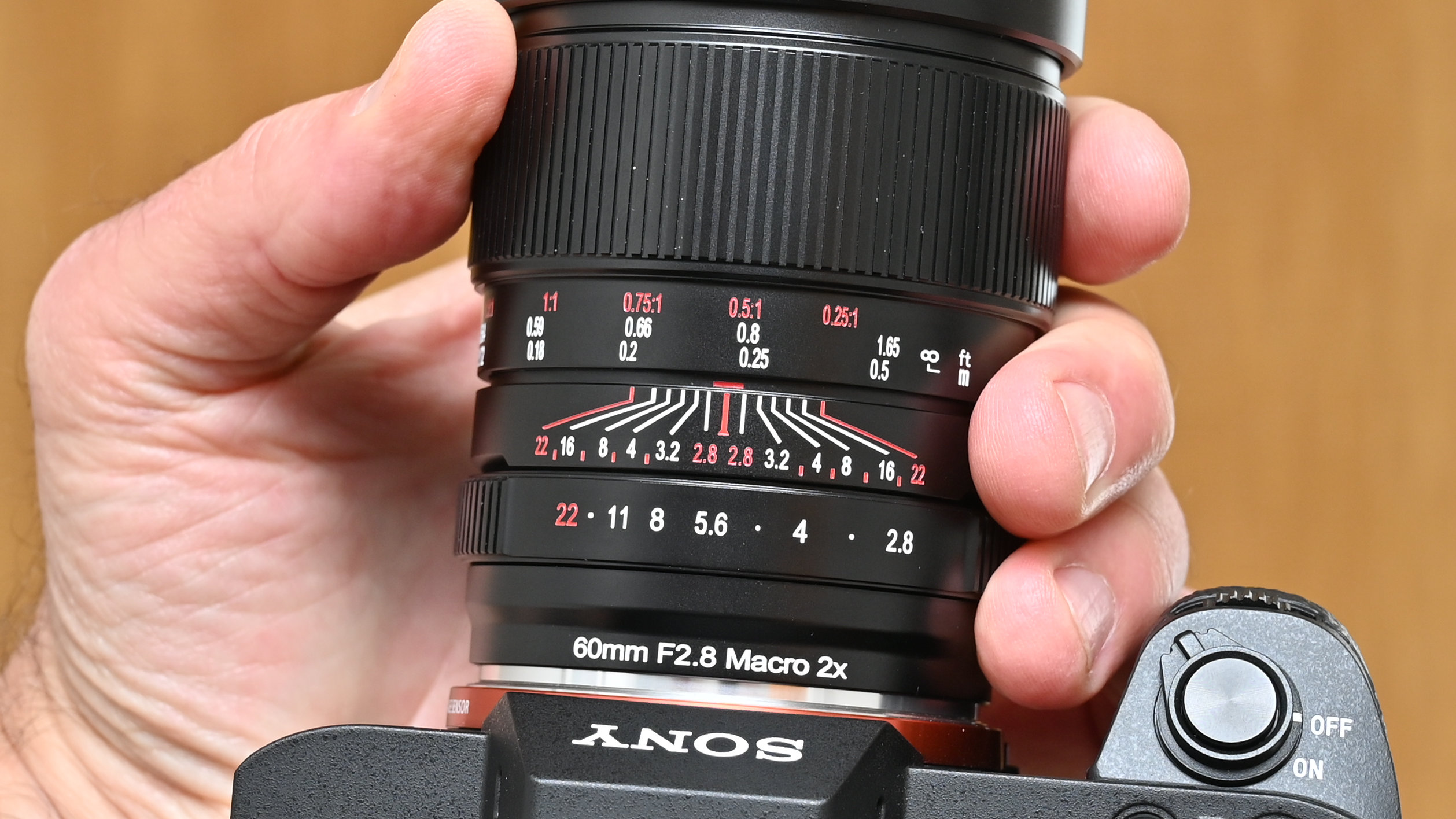
Next up is the focus control ring itself. This has a particularly long throw of 180 degrees and operates with silky smoothness and good tactile feedback. It’s exactly what I’d want in a manual-focus macro lens, enabling very fine and precise adjustments.
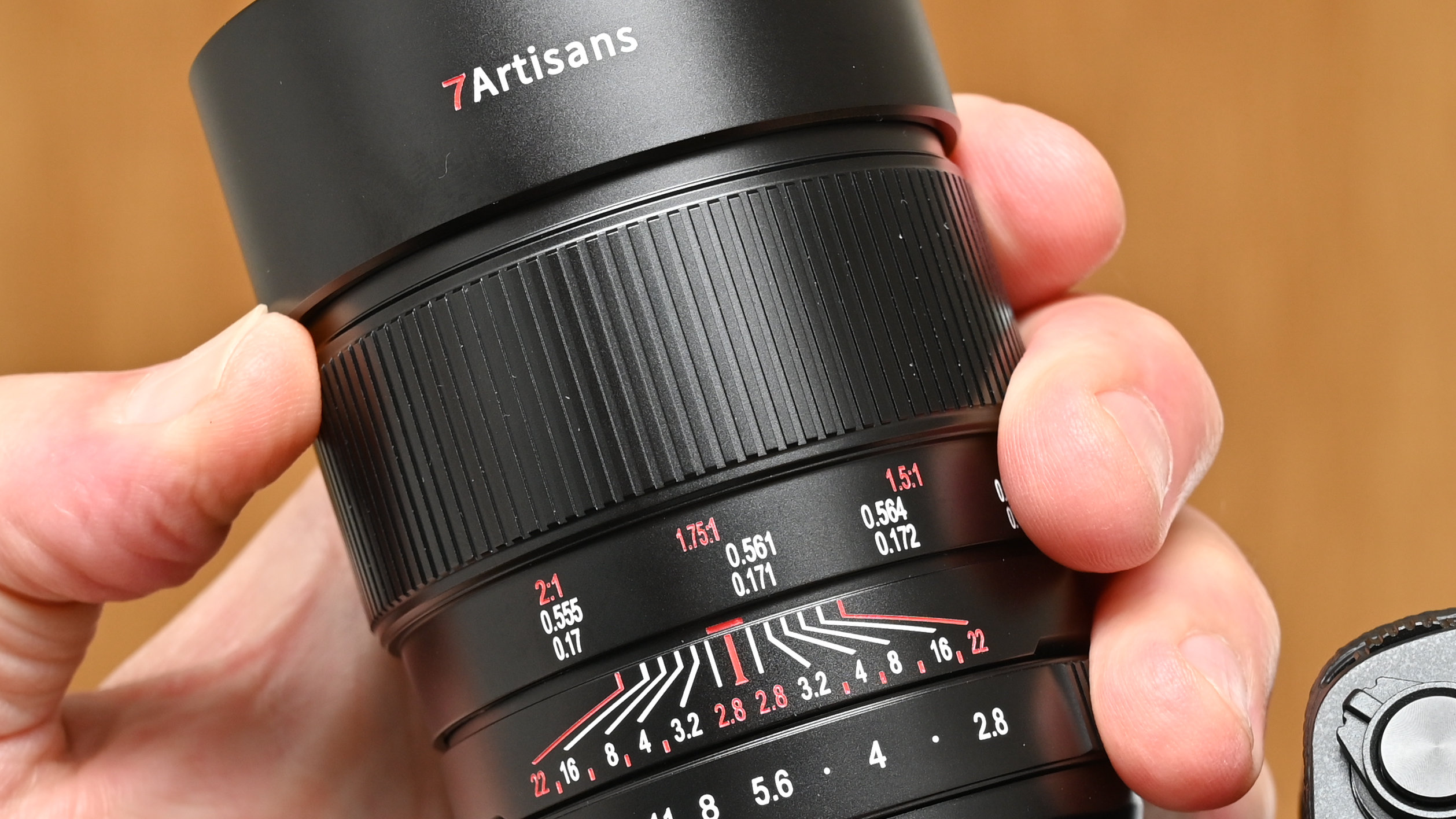
The lens features 14 elements arranged in 12 groups. These include two ED (Extra-low Dispersion) elements and two HRI (High Refractive Index) elements, aiming to enhance clarity and reduce chromatic aberrations. Apart from the front element and rear group, most groups are deeply recessed within the barrel at the infinity focus distance setting, but travel forward so that they’re very close to the front element at the shortest focus setting.
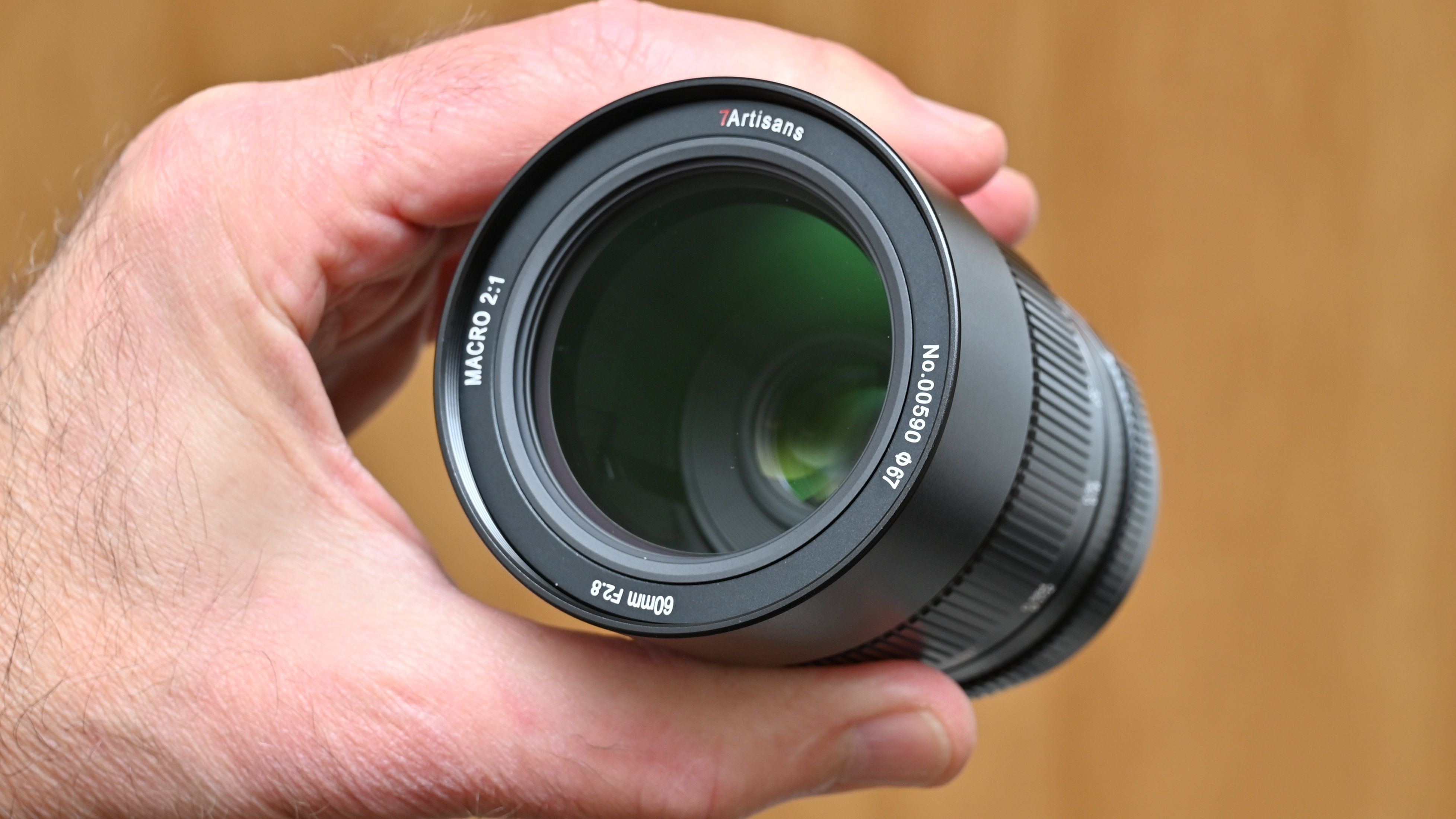
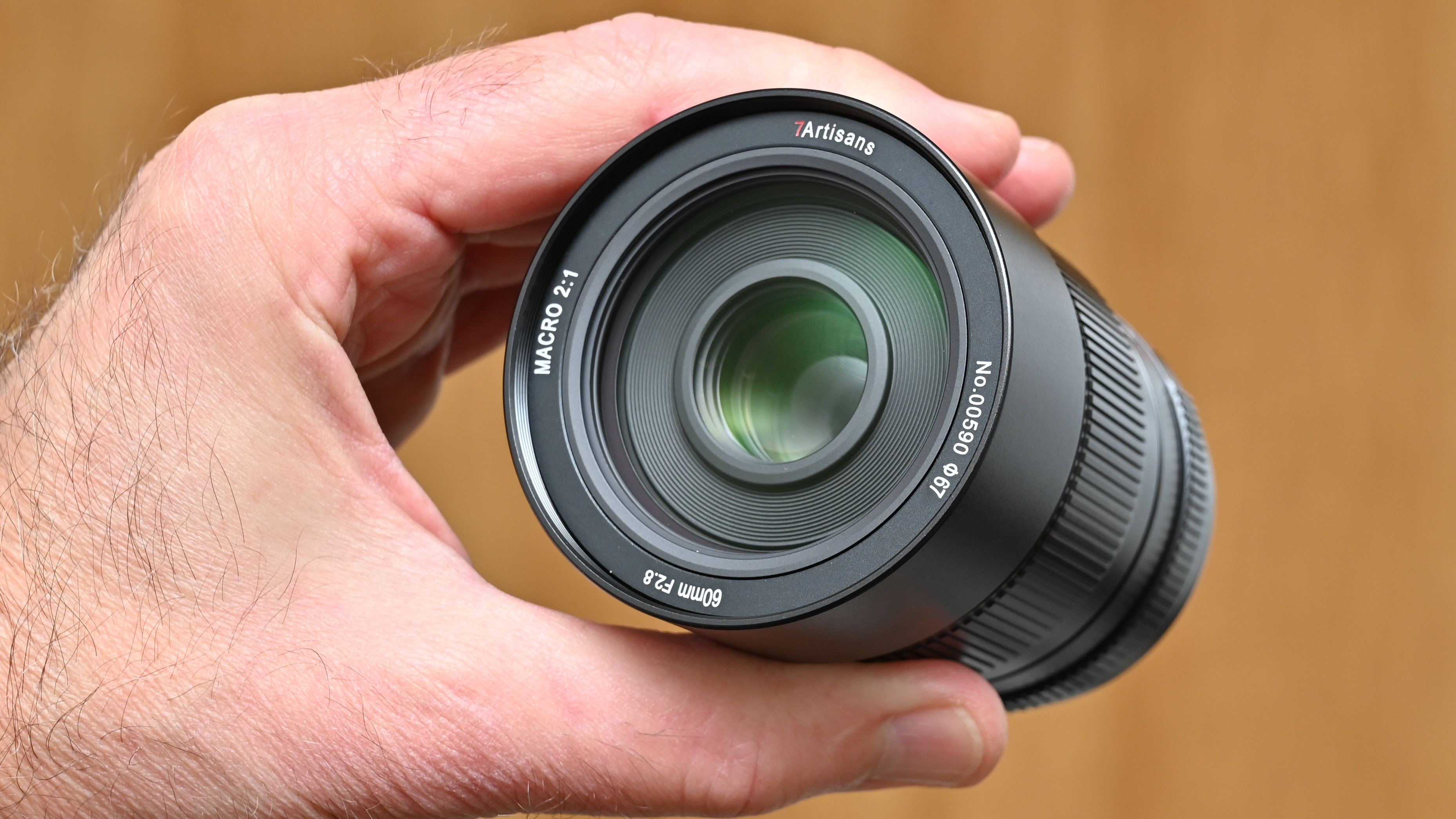
No lens hood is supplied with the lens, which I’m not surprised about, due to the short working distance for macro shooting. I’ll come back to that later but meanwhile, the lens has a 67mm filter attachment thread. Despite this, the lens has a metal slip-on front cap instead of the more usual clip-on variety.
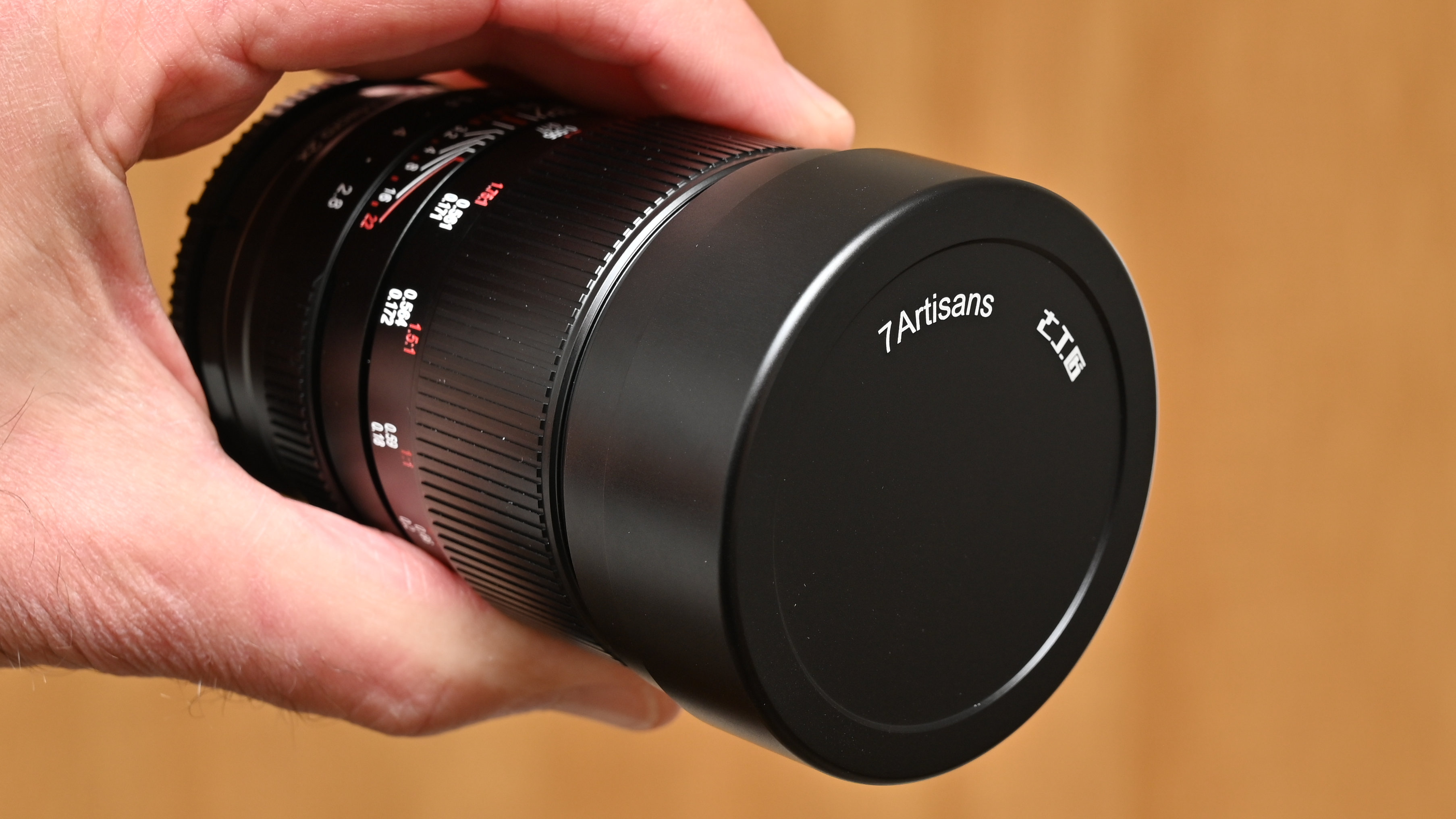
7Artisans 60mm F2.8 Macro 2x: Performance
As I’ve mentioned, manual focusing is often preferred for macro photography so the lack of autofocus isn’t a deal-breaker. Focus peaking can be reasonably helpful but with such a razor-thin depth of field in macro shooting, it can lack the precision I need to nail accurate focusing. A magnified preview is the way to go, which you can assign to one of the custom function buttons on the Sony A7 II that I used during testing. Other makes and models of mirrorless camera tend to offer the same option. I often use a macro focusing rail for extremely close-range macro shooting, like the NiSi NM-200s Macro Focusing Rail. However, I found that the long throw of this 7Artisans macro lens enabled extremely fine and precise adjustments, without needing to resort to using a focusing rail.
What I found more of a problem was the short working distance between the front of the lens and the subject I was shooting. The minimum focus distance is 0.17m / 0.56', to enable full 2.0x macro magnification. As always however, this is measured from the image sensor in the host camera to the subject. The actual distance between the front of the lens and the subject is only about 5cm / 2”. With a light source over my shoulder, it’s all too easy to cast a shadow over what I’m shooting and the same goes for using flash or LED lighting.
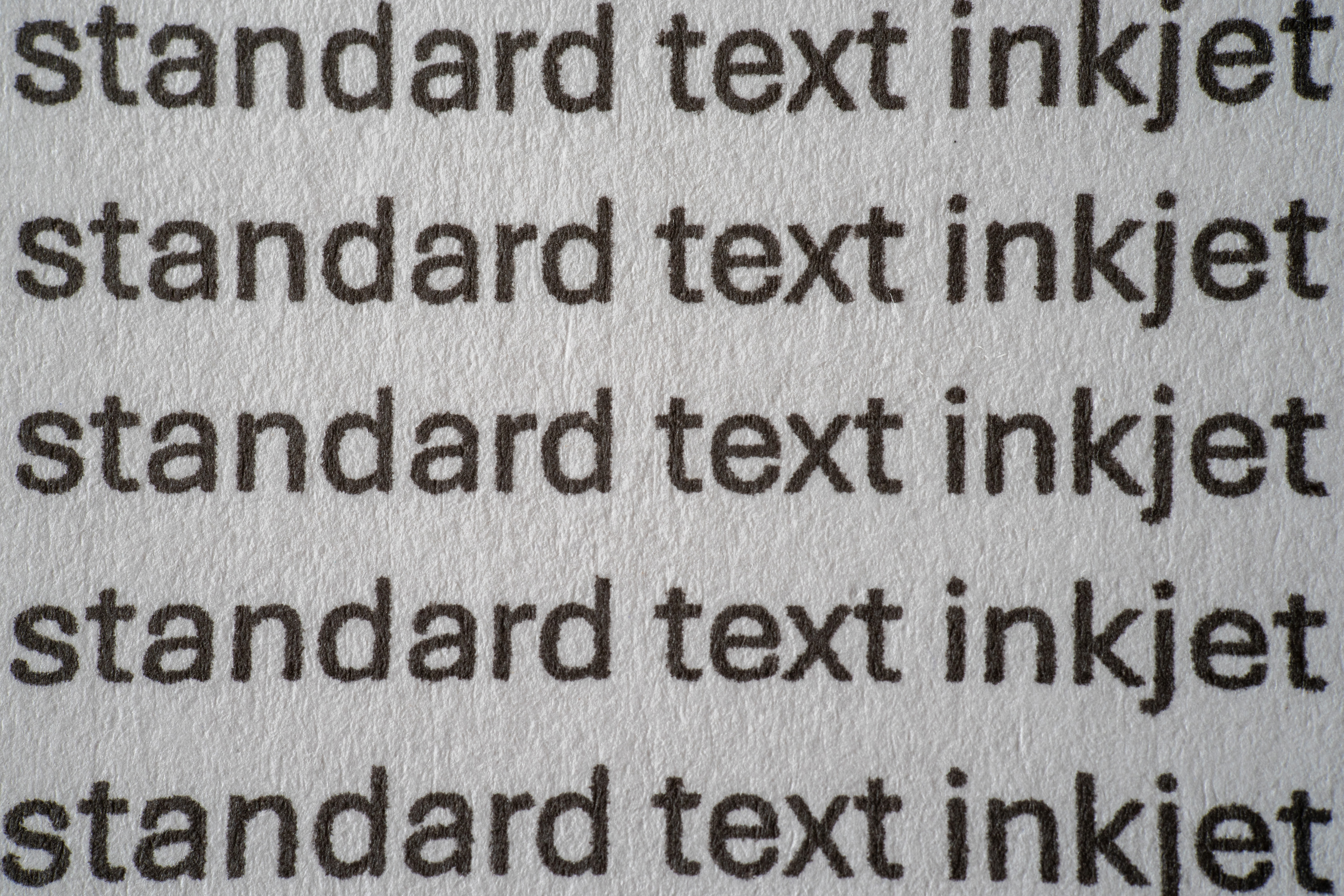
With focusing and lighting sorted, the lens is capable of delivering very pleasing images. Sharpness in the central region of the frame is mostly good, especially between apertures of f/4 and f/11, dropping off a bit at really narrow apertures due to the usual problem of diffraction. Chromatic aberrations are fairly minimal but pincushion distortion is much more noticeable than I’d expect from a macro prime lens. And because it’s a ‘dumb lens’, automatic in-camera correction for distortion isn’t available. All in all, performance is good rather than great.
7Artisans 60mm F2.8 Macro 2x: Sample Images
There are plenty of autofocus macro lenses that I’d consider using for portraiture and any other scenario for which I wanted a fairly fast, short telephoto lens. This is a more specialist lens that I’d only really use for extreme close-ups. With that in mind, the sample images in the following gallery are all macro shots taken at or near the minimum focus distance, using bounced flash as a light source. The subject matter includes the face of a wristwatch, the inner workings of a fob watch, colored pencils, the shutter speed control dial of a Nikon Z fc camera, a garden flower (Japanese Anemone), standard sized text from an inkjet printer on plain paper and models of a motorcycle and medieval knight on horseback.

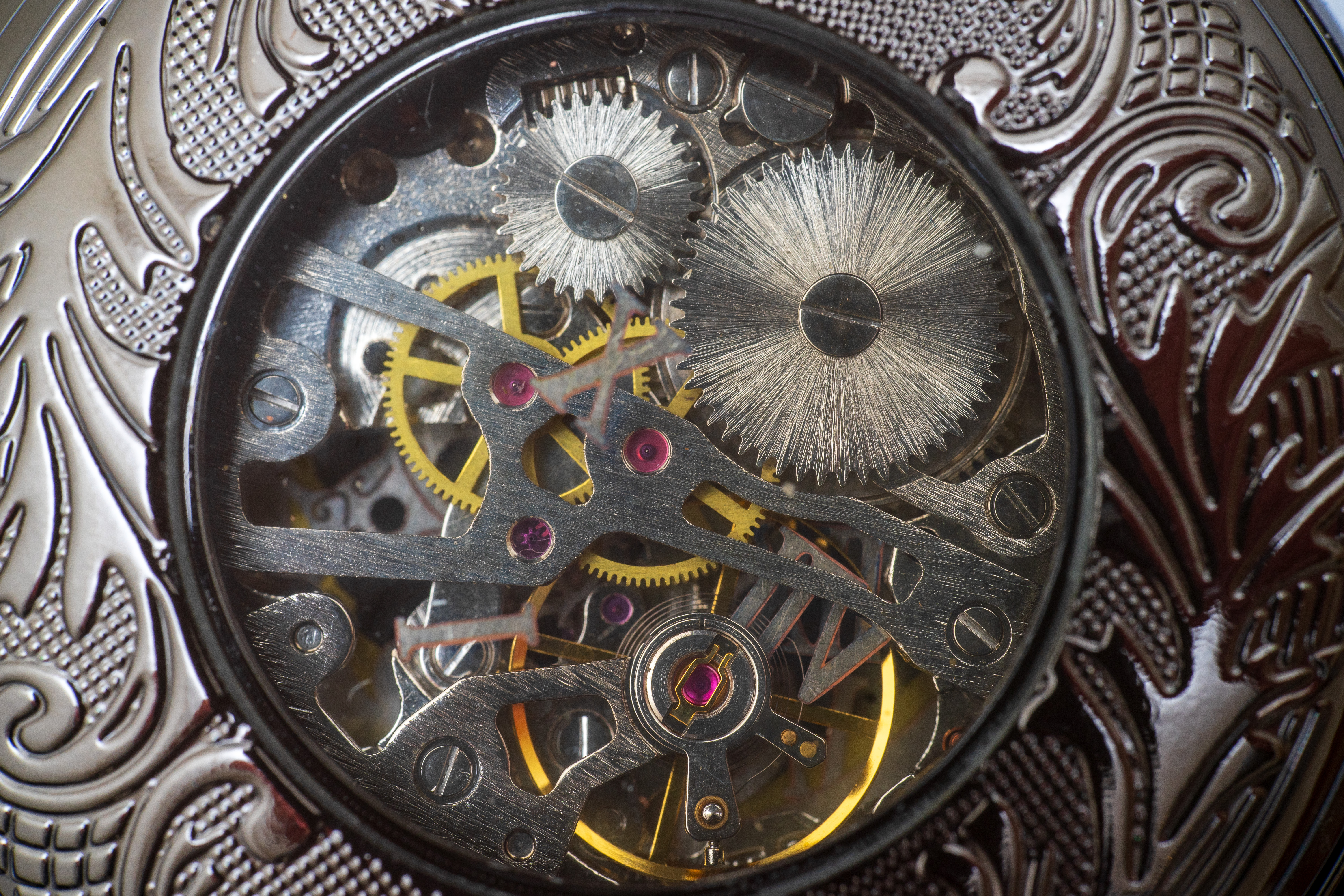


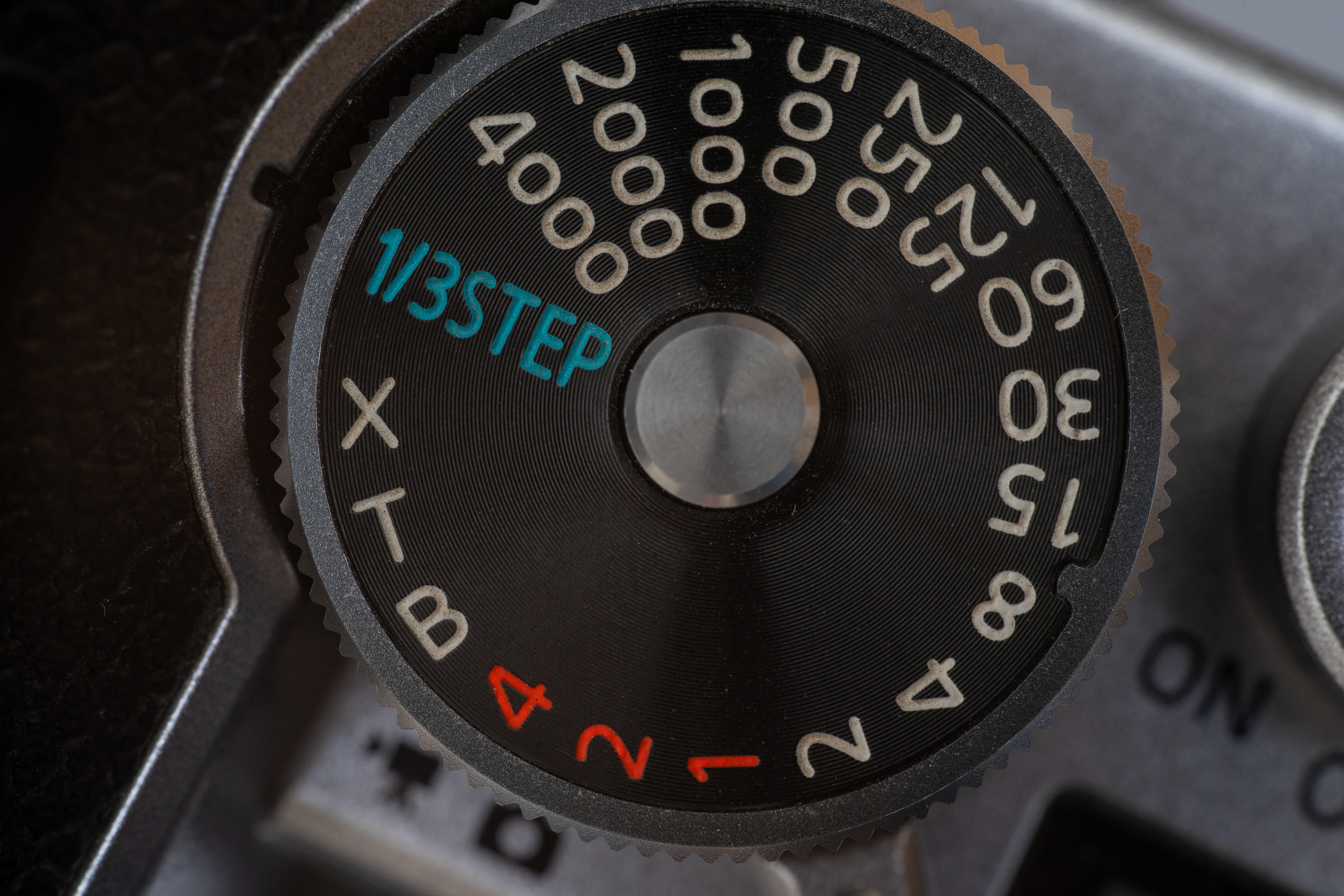



7Artisans 60mm F2.8 Macro 2x: Lab Results
We run a range of lab tests under controlled conditions, using the Imatest Master testing suite. Photos of test charts are taken across the range of apertures and zooms (where available), then analyzed for sharpness, distortion and chromatic aberrations.
We use Imatest SFR (spatial frequency response) charts and analysis software to plot lens resolution at the center of the image frame, corners and mid-point distances, across the range of aperture settings and, with zoom lenses, at four different focal lengths. The tests also measure distortion and color fringing (chromatic aberration).
Sharpness:
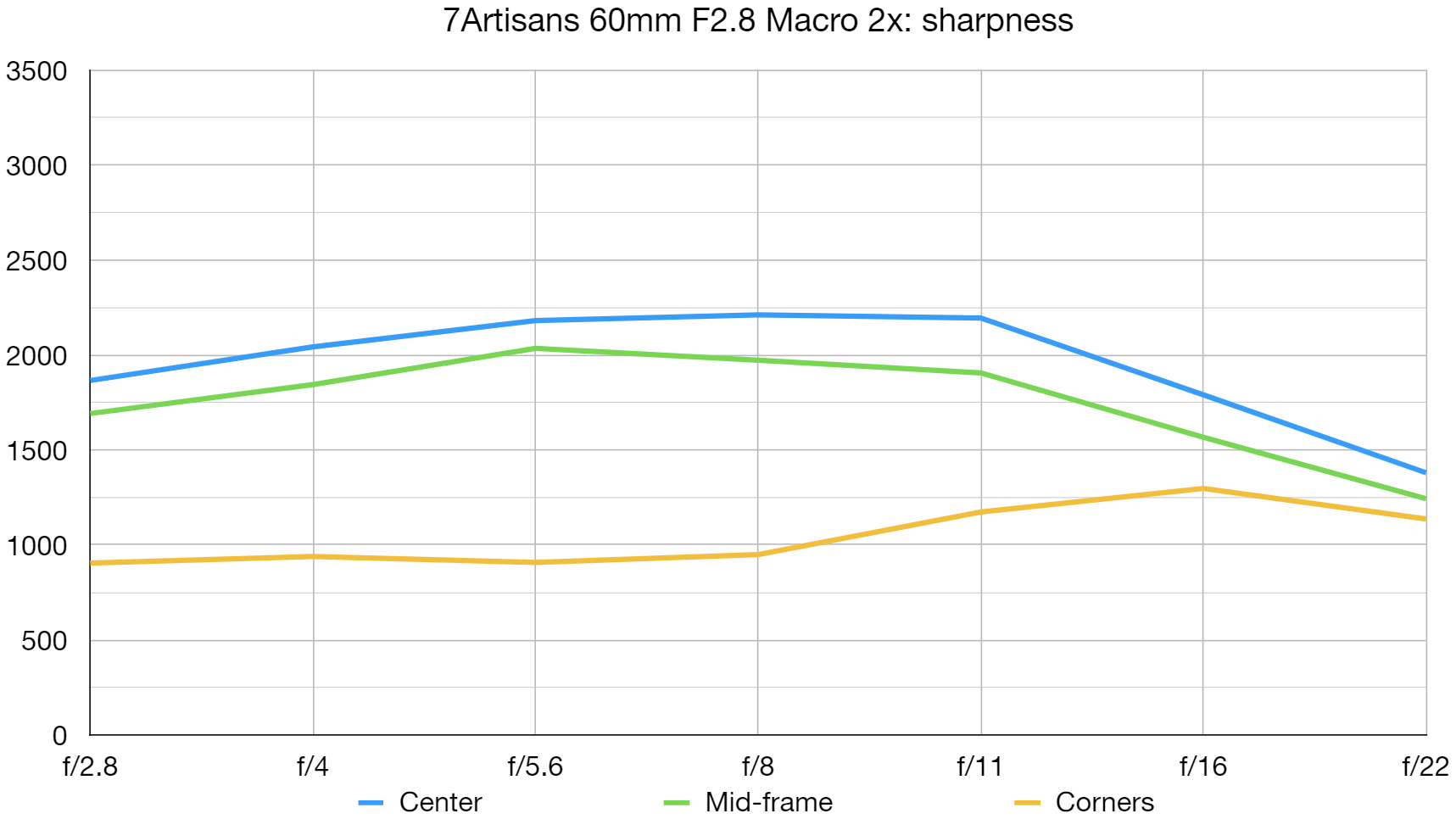
Center sharpness is good at f/2.8 and very good at apertures of between f/4 and f/11. It reverts to good again at f/16 due to diffraction, dropping off more at f/22. For good corner-sharpness, it pays to stop down to apertures of f/11 or narrower.
Fringing:
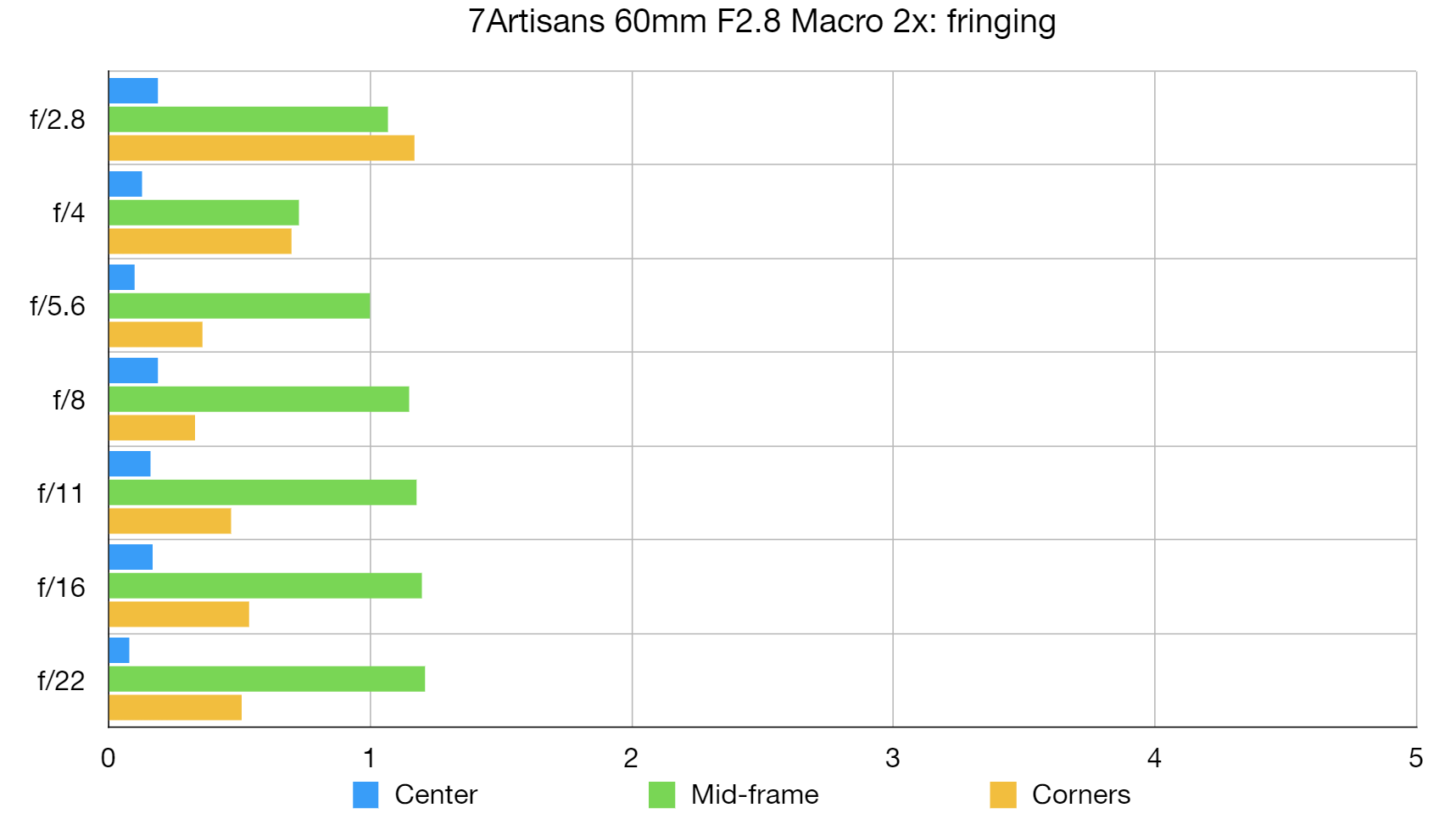
Color fringing can be a little noticeable wide-open from the mid-to-edge region of the image frame, and remains of a similar order in the area between the center and edge of the frame at other apertures. Even so, it’s hard to spot in most real-world images.
Distortion: 2.52
Macro lenses are often used for technical photography so the noticeable amount of pincushion distortion is disappointing. With no electronic communication between the lens and camera, automatic correction is impossible, so you have to resort to fixing distortion manually at the editing stage.
7Artisans 60mm F2.8 Macro 2x: Verdict
There’s a lot I like about the 7Artisans 60mm F2.8 Macro 2x. The generous 2.0x macro magnification is its key feature, backed up by solid build quality and nice handling. The 180-degree throw of the focus ring enables very fine adjustments but autofocus is off the menu and, as a dumb lens, there’s no electronic communication with the camera body. Sharpness is pretty good across most of the frame but distortion is on the high side for a macro lens and the working distance for 2.0x macro is very tight, at just 5cm / 2” between the front of the lens and the subject.
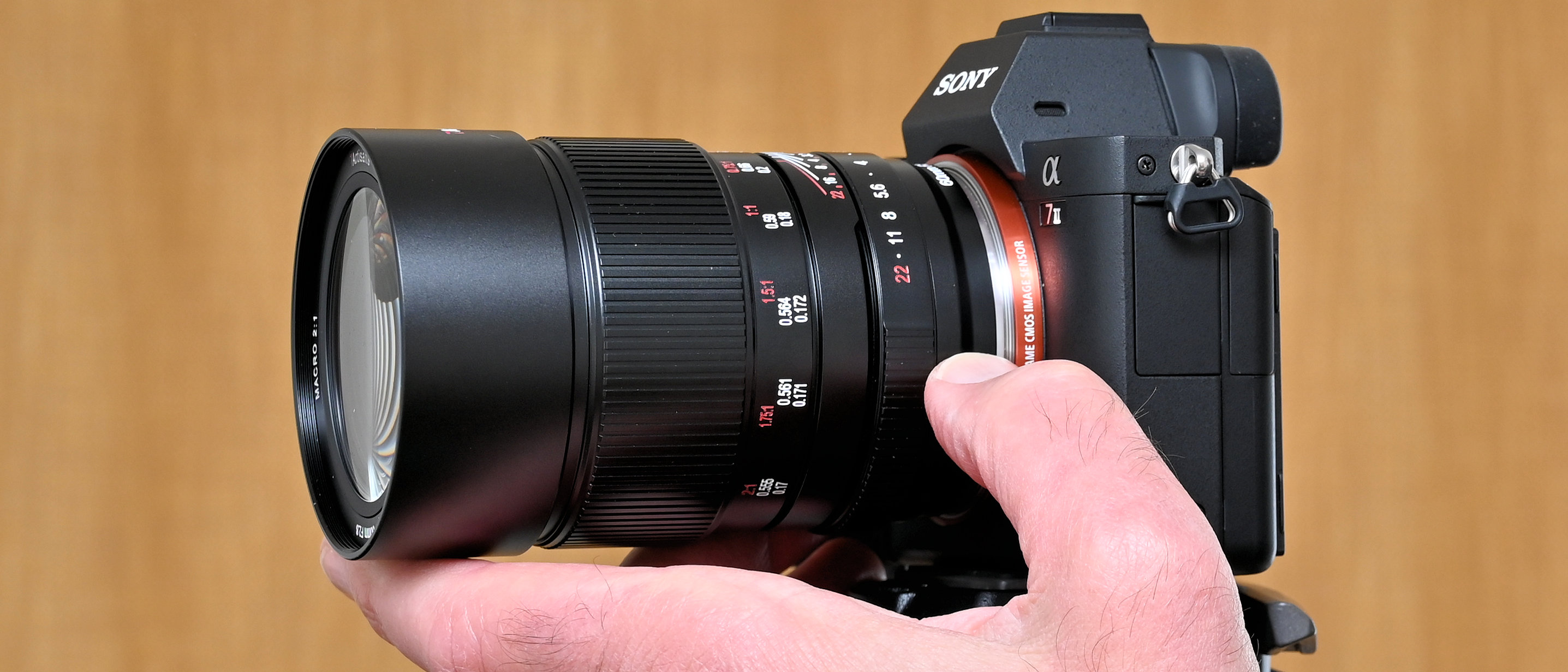
Should you buy the 7Artisans 60mm F2.8 Macro 2x?
✅ Buy this...
- You want to super-size your macro potential, with up to 2x magnification rather than the usual 1x magnification of most macro lenses.
- You’d like a macro lens that is more compact and lightweight than many competing lenses.
🚫 Don't buy this...
- You’d rather have an autofocus lens, which at least gives you another option than manually focusing every time you take a shot.
- You feel that the working distance at the minimum focus distance is too short to be practical in many situations.







